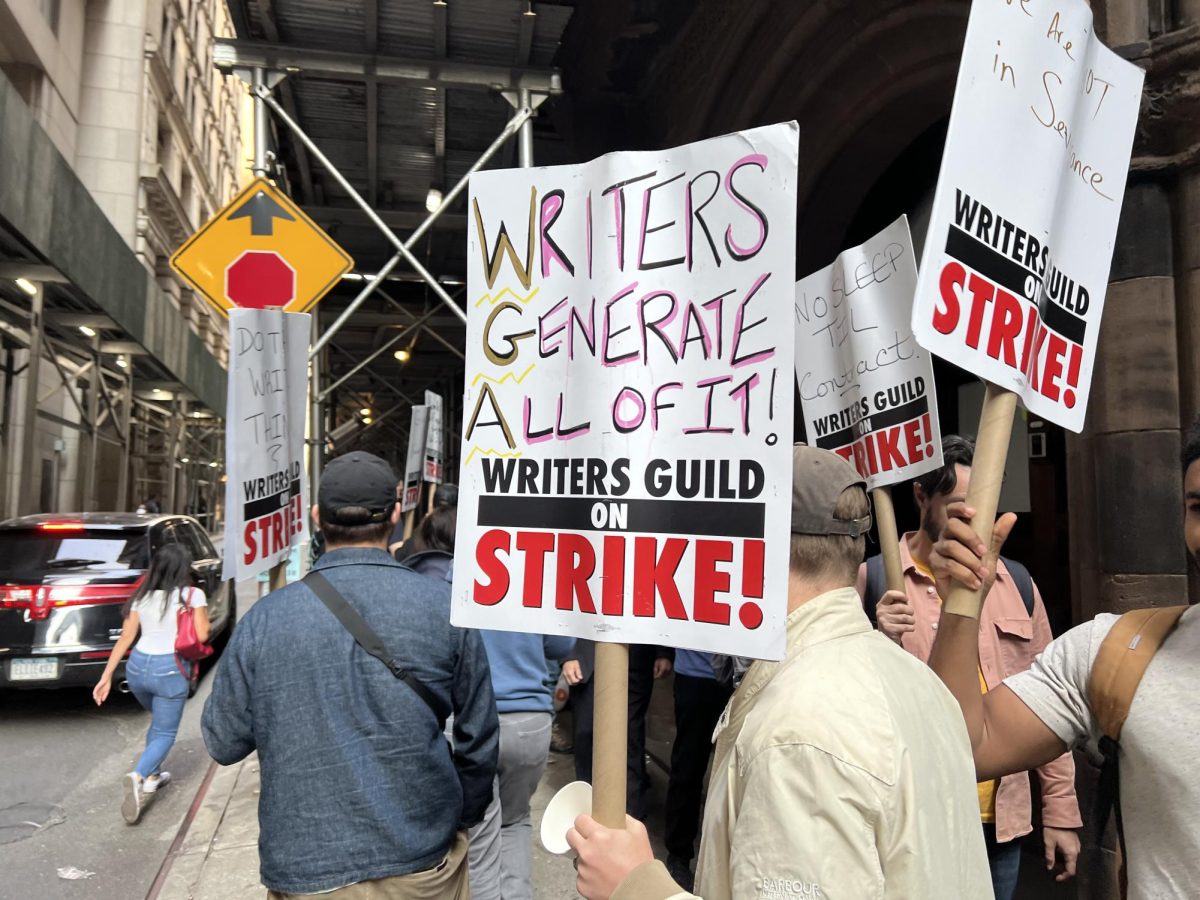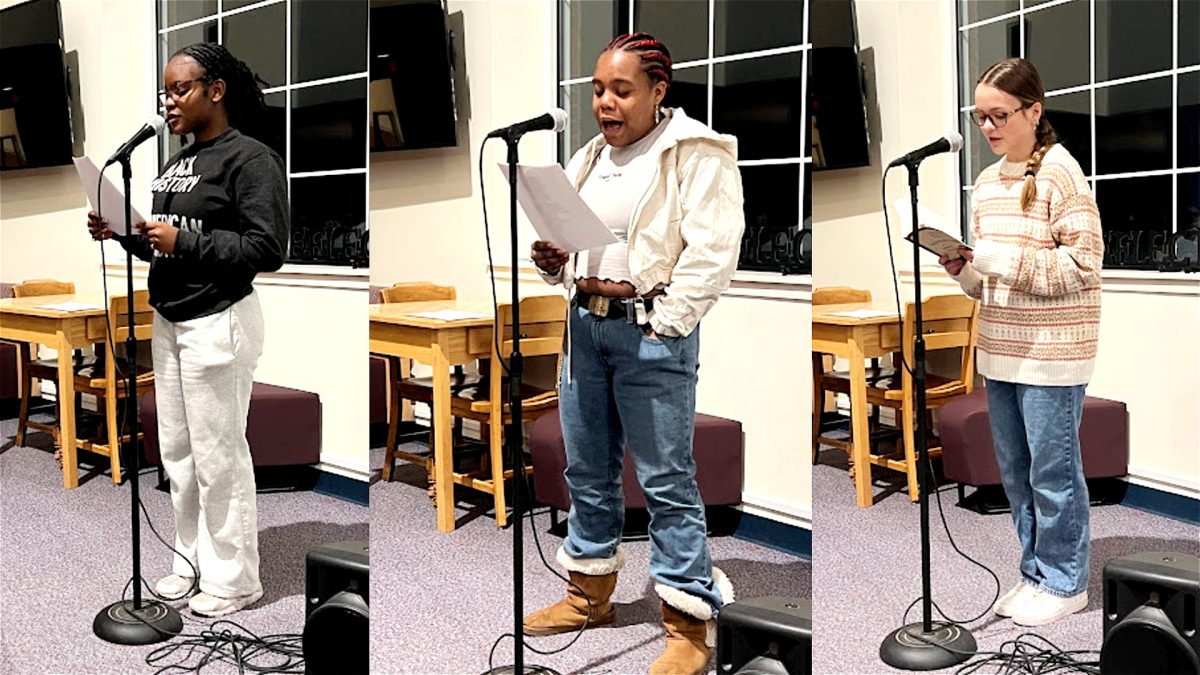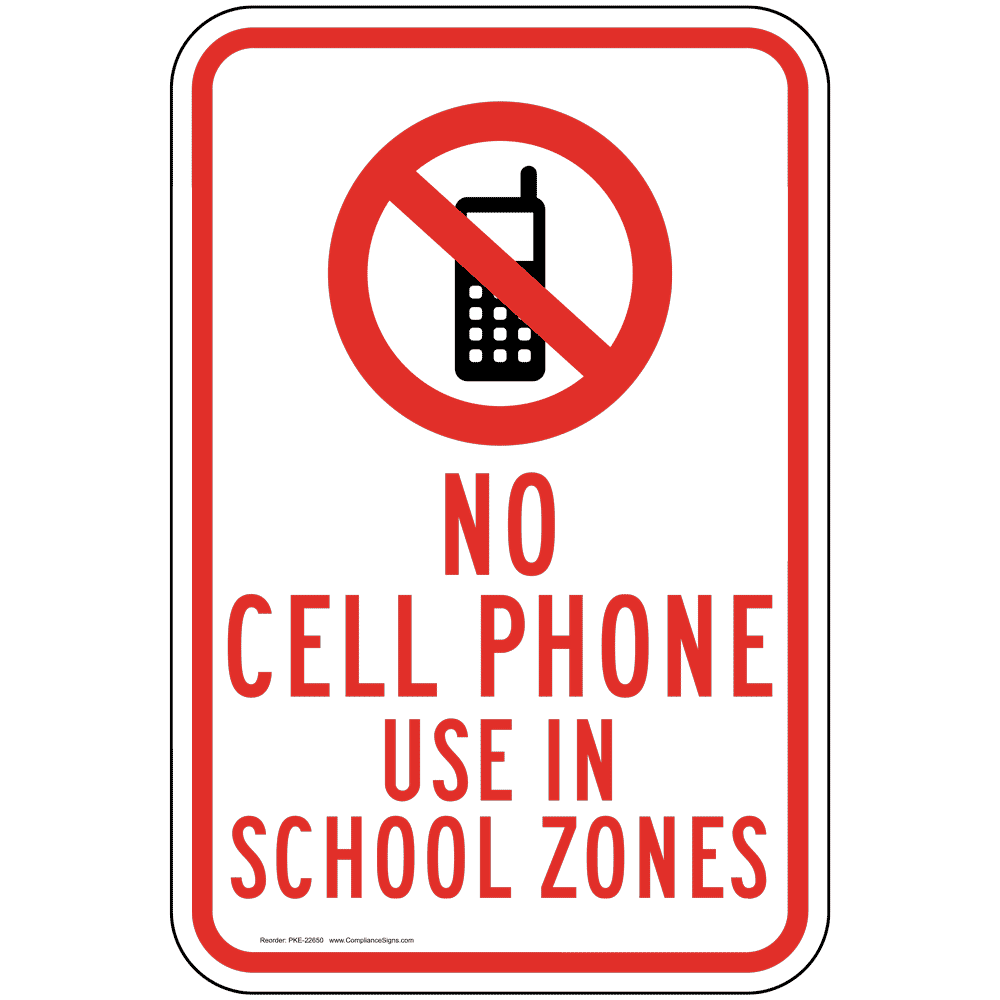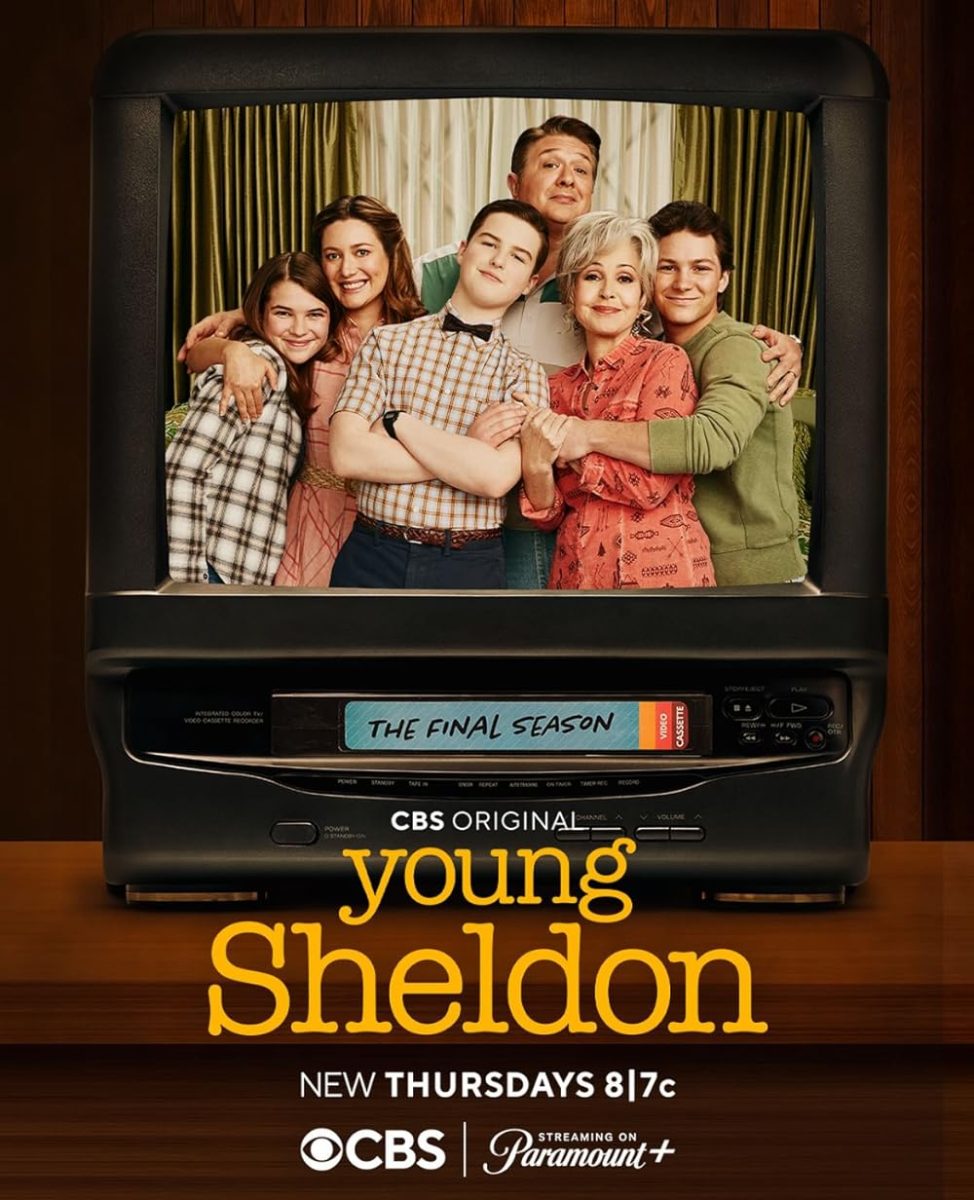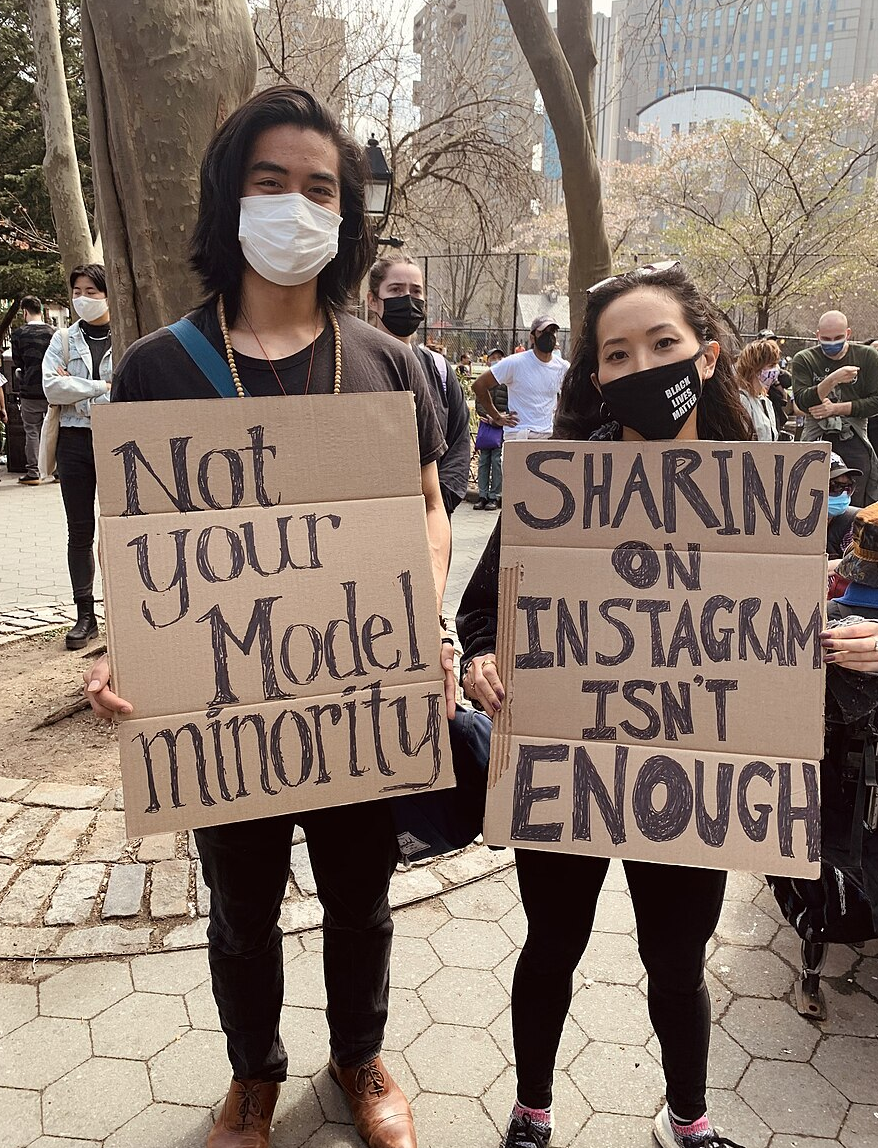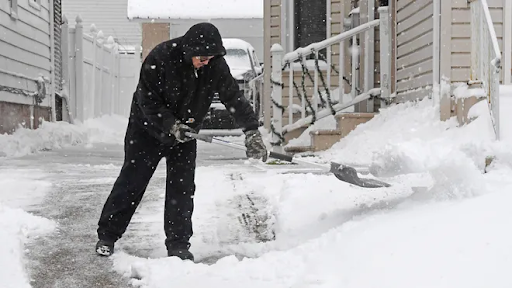With the conclusion of the 148-day Hollywood writers’ strike on September 27, many have scrutinized the Writers Guild of America’s (WGA) overwhelming agreement to the three-year deal with the Alliance of Motion Picture and Television Producers (AMPTP). Despite initial pushback by the AMPTP, many of the WGA’s demands were met, however, more than several were compromised and neglected; thus, WGA’s three-year agreement temporarily resolves tension between studios and writers while fostering an immense economic hit to California.
“The WGA said 99% of the roughly 8,500 votes supported the deal,” according to Reuters, finalizing the writers’ return to work and a return to normalcy for production in Hollywood, excluding the Screen Actors Guild-American Federation of Television and Radio Artists (SAG-AFTRA) who remain on strike.
With two major unions on strike, Hollywood’s business shut down. Previously, the WGA’s 2007 100-day strike caused a 2.1 billion dollar hit to Los Angeles alone– $3.66 billion when adjusted for inflation, according to The New York Times. Just three months into the 2023 strike, NPR estimated an impact of over three billion dollars to California.
The New York Times notes that though the strike has ended, a prolonged production shutdown hurts the workers who assist production, including drivers, dry cleaners, caterers, carpenters and lumber yard workers. Consequently, the economic impact of the strikes will continue to negatively impact not only Los Angeles and California but all consumers of Hollywood productions.
According to NPR, AMPTP, under the pressure of an economic crisis, began negotiations, finding many demands to be both reasonable and affordable. While AMPTP’s realization ended hesitance to reform, it proves their lack of awareness and support for a foundational piece of their production: the writers.
Beyond AMPTP’s negligence, the ultimate agreement temporarily solves the tension.
“It was a good baseline agreement… that could be built on after[,]” but as many of the writers’ demands were met, “it is a good reason to end the strike there,” said senior Jay Monday.
Among the WGA’s demands were higher pay and residuals to compensate for a 23% decline in pay in a world where the cost of living has soared, particularly in major cities, where jobs tend to exist, according to Vox. The Washington Post stated that in the agreement, a success-based system of payment generates bonuses for writers. To ensure bonuses were distributed upon hitting a benchmark viewership, streaming services ultimately agreed to provide the WGA with “the total number of hours streamed, both domestically and internationally…”
Though the pay bonuses and access to streaming services provide some writers with higher pay, not only did the WGA fail to secure actual residuals, but many writers will continue to only make minimum wage payments should their show not reach the benchmark. AP News noted: “Ten years ago, 33% of TV writers were paid the minimum rate. Now, according to the WGA, 49% are.”
As for staffing issues, studios agreed to treat each writer as if they were writing the script on their own, meaning the fee would not be split between multiple writers, according to the Washington Post. Other issues regarding the number of writers per show were largely compromised as compared to the WGA’s original demand.
Such remains a theme throughout deals between WGA and studios as pay, residuals, staffing, transparency, and AI continue to develop.
Monday said, “For the writers [who] don’t get what they deserve…, they [can] stress the companies out [again].”
In that sentiment, the fight for rights in Hollywood is far from over: SAG-AFTRA remains on strike and there are many more demands yet to be made by writers. In trying times, when most Americans actively interact with Hollywood productions, it is crucial to remember who is being supported and undercut by our actions.


